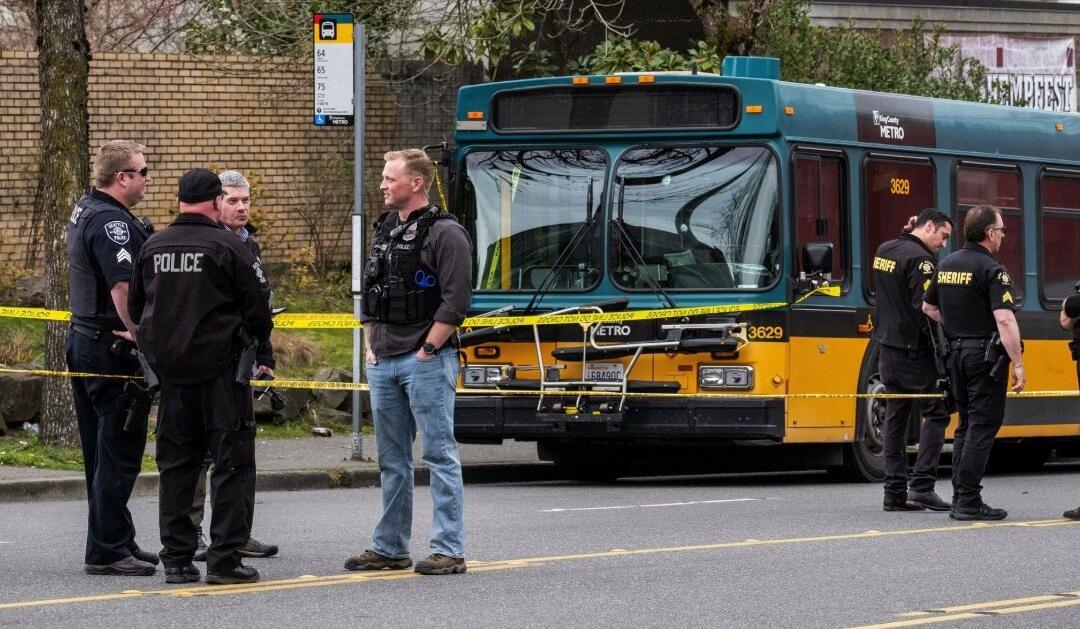The global supply chain crisis and staffing shortages is beginning to hit Seattle area public transit, as buses in need of repair are piling up at their depots, The Seattle Times has reported.
King County Metro is the public transit authority of King County, Washington, which includes the city of Seattle, and is the eighth-largest transit bus agency in the United States.





